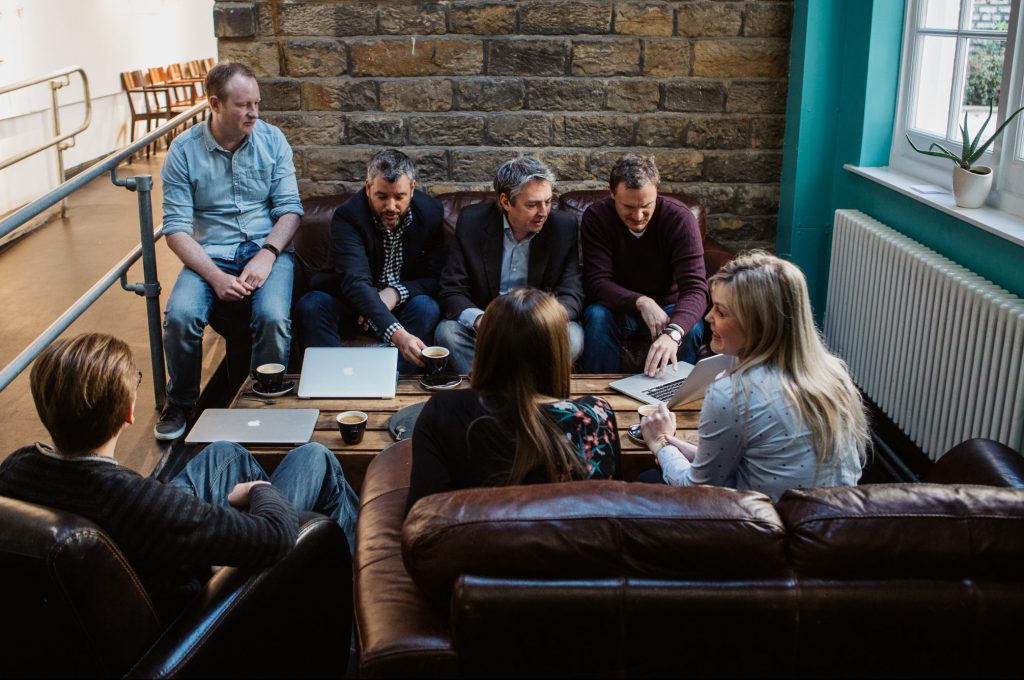My youngest son, Mateo aged 6, asked me the other day why we have logos.
We had a chat about how logos can help people more easily find the things they like, and avoid the things they do not, such as play bricks that do not stick together as well as Lego bricks do.
Mateo reminded me of the time I bought him some Mega Bloks, and what a mistake that was. He had a point.
This got me thinking about how so much of what we as a design agency do is about engendering trust between our clients and their customers.
This is not about adding a sheen of respectability to something flawed, but rather bringing to the surface what is already special.
It can also mean reimagining from the ground up how products and services fundamentally work.
One of my favourite stories about this comes from Joe Gebbia, co-founder of Airbnb, who recounted during a TED Talk last year how design was critical in persuading people that letting strangers stay in their homes was good idea.
“In art school, you learn that design is much more than the look and feel of something. It’s the whole experience. And we wanted to do that for objects. But here we were aiming to build Olympic trust between people who had never met.
“Could design make that happen? Is it possible to design for trust?”
It turns out that it could. Over seven hundred and fifty thousand people stay in an Airbnb room around the world every single night.
And the way they do it is fascinating. Visit Airbnb’s website or app and you will see detailed reviews, authentic photography and a range of visual cues to help reassure and build social proof.
It is not one thing that tips the balance from natural scepticism to belief in a brand, but rather everything working together in synchronicity.
A brand identity that is applied consistently wherever you encounter it implies more than an appreciation of aesthetics. It suggests the whole operation has been carefully put together too – just like genuine Lego bricks that perfectly fit.










